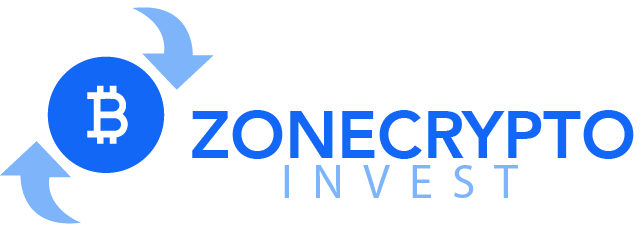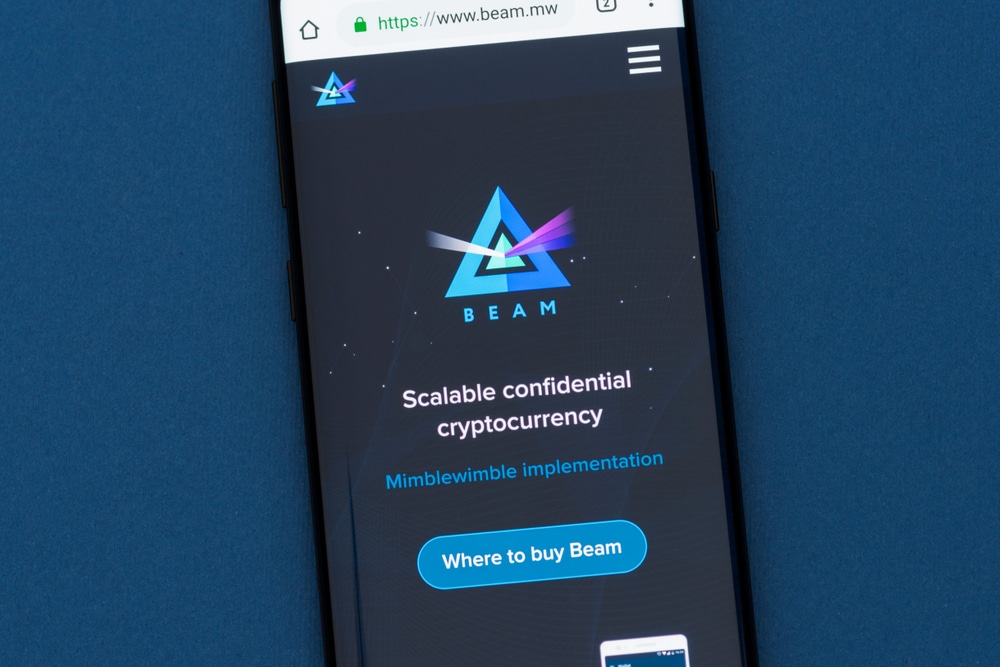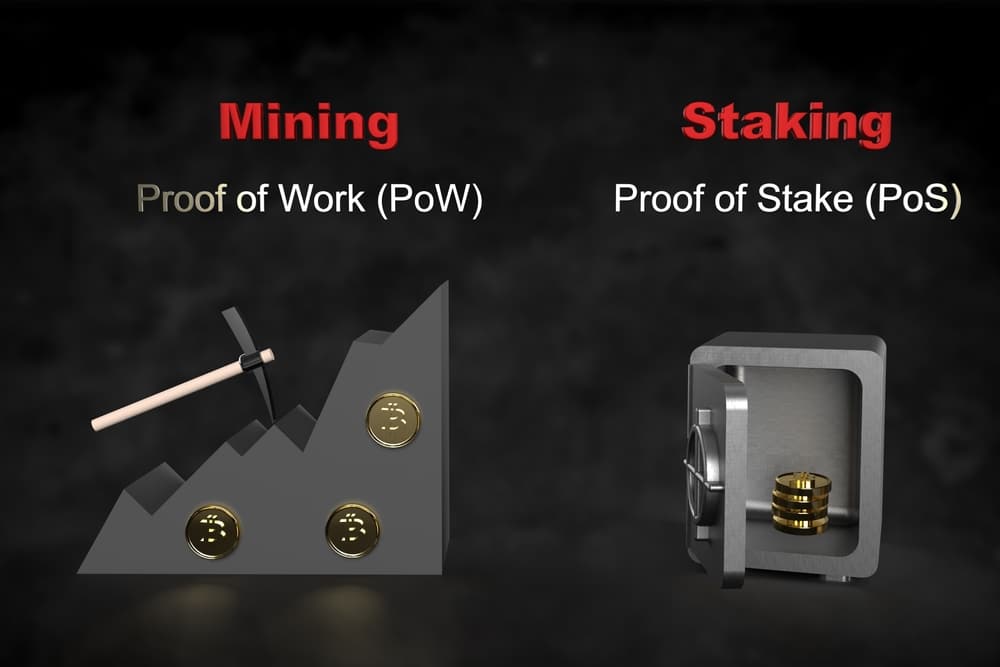Comprehensive Guide to Understanding Differences in Sidechains, Layer 2s, and Appchains

Sidechains Explained
These blockchains link to a mainnet or parent blockchain through a two-way bridge. They are intended as blockchain scalability solutions, utilizing a bridge to move assets between the two blockchains.
Sidechains are supreme since they utilize their consensus protocols, meaning that in case the sidechain becomes compromised, the parent chain remains unaffected.
Examples of Bitcoin sidechains are Liquid Network and Rootstock, while Ethereum sidechains include Polygon and Alpha. The two chains have a ‘parent-child’ bond.
Layer-2 Scaling Solutions
The layer-1 (L1) blockchain is the crypto network’s base and handles decentralization, security, and data availability. Ethereum and Bitcoin are examples of L1 blockchains.
A layer 2 (L2) network refers to a secondary, offchain technology or blockchain developed or layered atop the base L1 blockchain. It seeks to aid in improving and scaling the L1 blockchain’s transaction speed.
L2 solutions run using smart contracts. Bitcoin layer-2 scaling solutions and Ethereum layer-2 protocols are examples of these solutions.
Types of L2 Solutions
Rollups
Rollups combine numerous transaction executions, confirm them off the main chain, and later send them to the mainnet.
Ethereum Plasma Chains
Merkle tree and smart contract scalability solutions develop endless branching of child chains replicating the Ethereum main chain. They facilitate transaction computation off the main chain.
State Channels
They permit transaction participants to execute several transactions off-chain, solely recording the ultimate stage on the blockchain. This minimizes congestion and transaction fees on the main chain.
Application-specific Blockchains (Appchains)
Appchains are specialized blockchains modified to meet the specifications of a specific business need or use case. Despite the capability to function autonomously, they normally operate on top of a layer-1 blockchain.
Appchains depend on the L1 chain to offer security and an operational platform. They do not compete with other applications for computation and storage, ensuring more freedom for consensus algorithms and governance structure.
This results in a modified architectural design structured to the organizational requirements and has high efficacy compared to general blockchains. It also ensures better cross-chain operability and improved privacy and security.
Examples of appchains entail Polkadot parachains, Cosmos Zones, and Avalanche subnets.
Appchains, Sidechains, and Layer 2s Differences Explained
Security
L2s depend on L1’s security structure. Appchains rely on a public blockchain for security, while sidechains have an inherent security framework.
Operational Model
A sidechain is an autonomous network comprising a unique consensus protocol. It has coin-supporting nodes and public block explorers.
An L2 relies on an underlying protocol and solely manages scaling and unique transactions from the main chain. Appchains have a similar operational model as a sidechain but are dedicated to a single use case.
Public Members
Sidechains are sovereign blockchains, hence allowing for public members. An L2 can comprise the architecture to have public members or not.
Appchains are closed-off infrastructure that is not open to public members.
Public Blocks
L2 and sidechains permit for public blocks, but appchains’ infrastructure does not support public blocks.
Customization
A sidechain is separate from the mainnet and comprises protocols and guidelines that could differ from the primary network. Hence, it becomes possible to tailor to unique cases without impacting the main chain.
An L2 is developed on top of an existing blockchain, reducing its versatility. Despite being developed on top of an L1, appchains are pretty customizable.
Compatibility
An L2 is layered on top of an L1; hence, it integrates into the infrastructure without developers altering the underlying protocol. Appchains are also quite compatible because of their modularity.
Benefits
Appchains fulfill a specific use case’s needs and ensure independence when opting for proof-of-authority consensus. L2s slow down transaction output, reducing pressure on the main channel and reducing transaction costs.
End Thoughts
The scaling solutions will continue contributing to the creation of conventional blockchains, reducing inefficacies and improving decentralized networks’ appeal. As more persons and firms seek solutions catering to their unique needs, they could offer a structure addressing their unique applications.
Zone Crypto Invest provides exposure for numerous crypto businesses, and we invite you to join our community! Connect with us through our Telegram chat for any questions. Given the volatile nature of cryptocurrencies, always conduct thorough research before investing. Many articles on our website are sourced from guest writers or are paid content, and they might not reflect the views of Zone Crypto Invest's internal team. The opinions in these pieces may not always coincide with Zone Crypto Invest's stance. We do not vouch for the accuracy, quality, promotions, or any other aspects showcased on our platform. Please refer to our detailed terms of service and disclaimer for further information.








